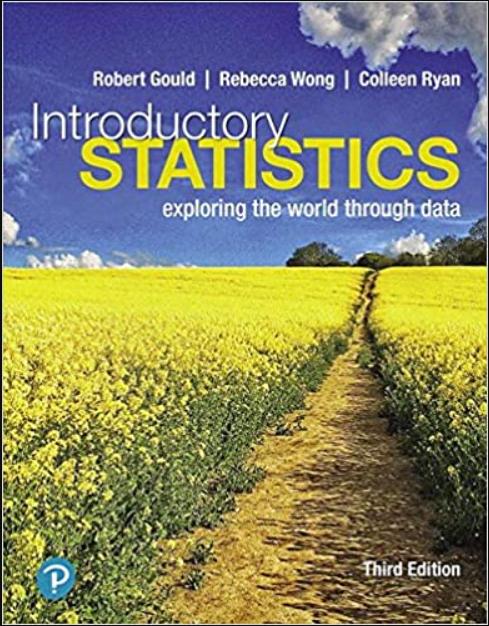The table shows the calories in a five-ounce serving and the % alcohol content for a sample
Question:
The table shows the calories in a five-ounce serving and the % alcohol content for a sample of wines.
Calories % alcohol
122 . . . . . . . . . . . . . . 10.6
119 . . . . . . . . . . . . . . 10.1
121 . . . . . . . . . . . . . . 10.1
123 . . . . . . . . . . . . . . 8.8
129 . . . . . . . . . . . . . . 11.1
236 . . . . . . . . . . . . . . 15.5
a. Make a scatterplot using % alcohol as the independent variable and calories as the dependent variable. Include the regression line on your scatterplot. Based on your scatterplot do you think there is a strong linear relationship between these variables?
b. Find the numerical value of the correlation between % alcohol and calories. Explain what the sign of the correlation means in the context of this problem.
c. Report the equation of the regression line and interpret the slope of the regression line in the context of this problem. Use the words calories and % alcohol in your equation. Round to two decimal places.
d. Find and interpret the value of the coefficient of determination.
e. Add a new point to your data: a wine that is 20% alcohol that contains 0 calories. Find r and the regression equation after including this new data point. What was the effect of this one data point on the value of r and the slope of the regression equation?
Step by Step Answer:

Introductory Statistics Exploring The World Through Data
ISBN: 9780135163146
3rd Edition
Authors: Robert Gould, Rebecca Wong, Colleen N. Ryan





